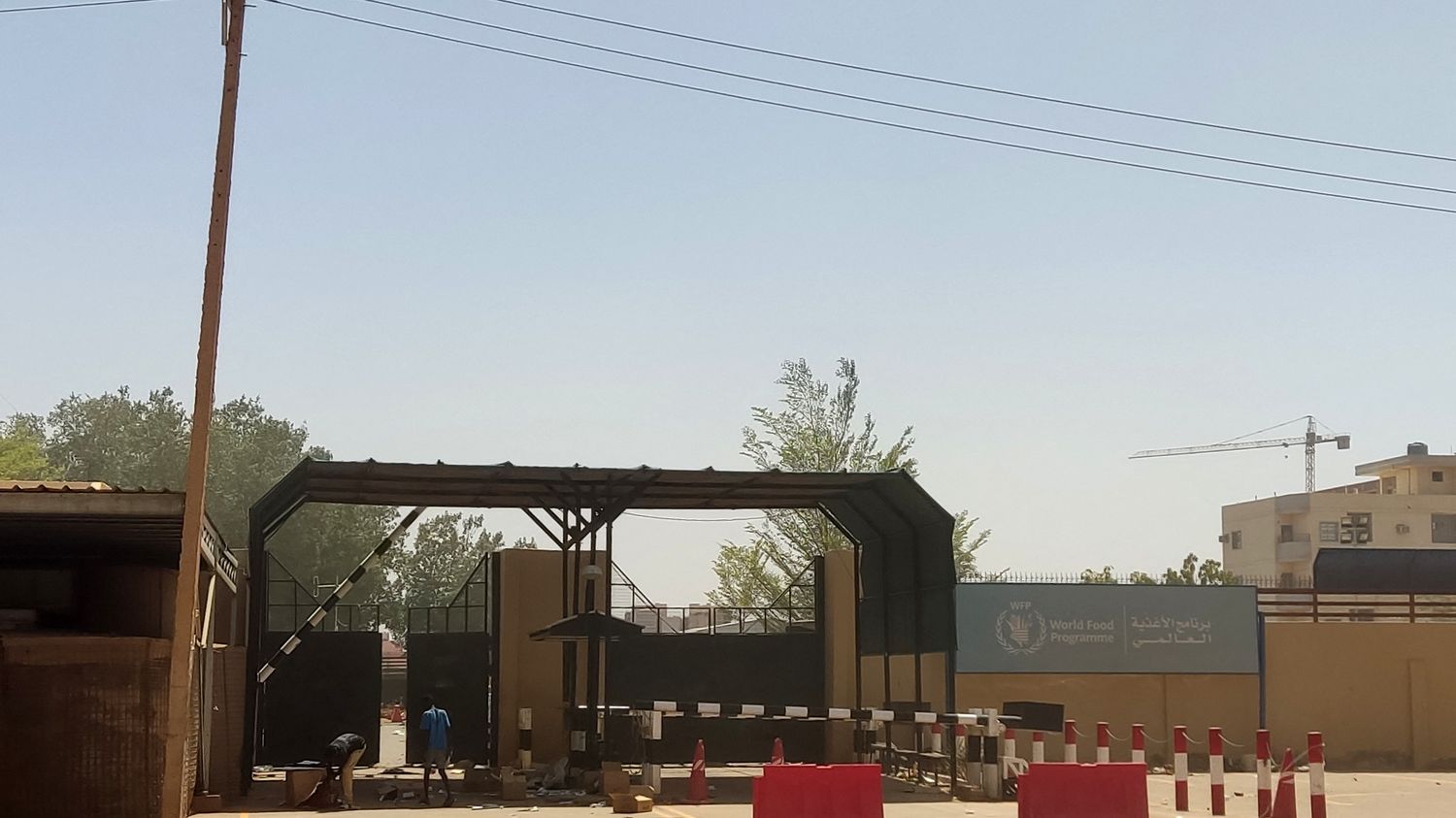These four countries thus join Afghanistan, Nigeria, Somalia, South Sudan and Yemen.
Article written by
Published
Update
Reading time : 1 min.

Haiti, the Sahel and Sudan are now among the areas on high alert, where the risk of food insecurity for its populations is the most worrying, and which require “urgent” attention from the international community, warned the UN on Monday 29 May.
“This is due to the severe restrictions on the movement of people and goods in Haiti, as well as in Burkina Faso and Mali, as well as the recent eruption of conflict in Sudan”, explain the Food and Agriculture Organization of the United Nations (FAO) and the World Food Program (WFP) in a joint report. The war in Sudan, which broke out in April between the army chief and his rival, is likely to “have significant ramifications for its neighboring countries”, warns the report.
These four countries thus join the list of those (Afghanistan, Nigeria, Somalia, South Sudan and Yemen) which were already placed on maximum alert and require “the most urgent attention”.
The climatic phenomenon El Niño worries
Part of their population is exposed to famine or at risk of suffering from it, corresponding to the “catastrophe” phase (phase 5), the highest of the food security classification (CIP), where the inhabitants of these countries are at risk of deterioration to catastrophic conditions, as they are already in an emergency situation (phase 4).
The report looks at a total of 18 “hot spots” of hunger in the world, comprising 22 countries, and attempts to establish a six-month outlook. He also worries for these already fragile regions of the likely return of the El Niño climatic phenomenon, which would have an 82% chance of returning during the May-July period, according to a study cited by the report. El Niño is usually associated with rising temperatures, increased drought in some parts of the world, and heavy rains in others.
